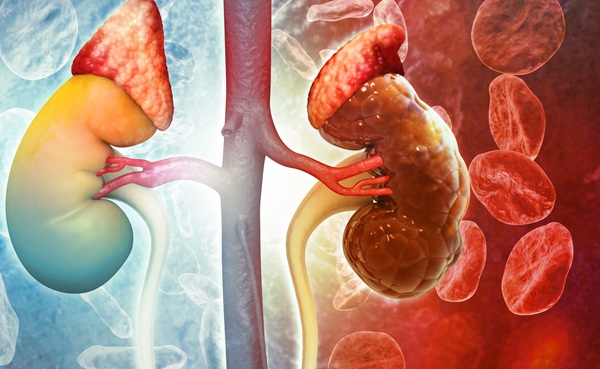Novel Gene Identified for Usher Syndrome
By LabMedica International staff writers
Posted on 17 Oct 2012
A novel type of gene has been identified and found to be associated with Usher syndrome, a hereditary disease in which affected individuals lose both hearing and vision. Posted on 17 Oct 2012
Several genes associated with different types of Usher syndrome have been identified and most of these genes encode common structural and motor proteins that build sensory cells in the eye and inner ear.
A team of researchers from multiple institutions, led by those from the University of Cincinnati (OH, USA) studied 14 affected individuals from families with nonsyndromic deafness and two affected individuals from a family with Usher Syndrome. Peripheral blood samples or buccal swabs for genomic DNA extraction were collected from participating subjects.
The team identified a gene on chromosome 15 and determined that its mutations are responsible for nonsyndromic deafness and Usher syndrome type (USH1J). A calcium and integrin binding protein 2 (CIB2) was found to be interacting with other proteins associated with Usher syndrome. They established that CIB2 is localized at the tips of mechanosensory stereocilia of the inner ear hair cells, exactly where the conversion of sound waves into electrical signals occurs. They found that in Pakistan, CIB2 mutations are one of the prevalent genetic causes of nonsyndromic hearing loss. In the USA, approximately six in every 100,000 babies born have Usher syndrome.
The scientists concluded that CIB2 mutations underlie USH1J and nonsyndromic deafness. They speculated that because the Cib2 gene is concentrated in stereocilia and interacts with myosin VIIa and whirlin. The Cib2 morphants have reduced hair cell microphonic potential, and that CIB2 participates in calcium regulation in the mechanotransduction process. Their studies reveal that, in humans, Cib2 is critical for proper photoreceptor maintenance and function and that CIB2 has conserved roles in calcium homeostasis. The study was published on September 30, 2012, in the journal Nature Genetics.
Related Links:
University of Cincinnati














